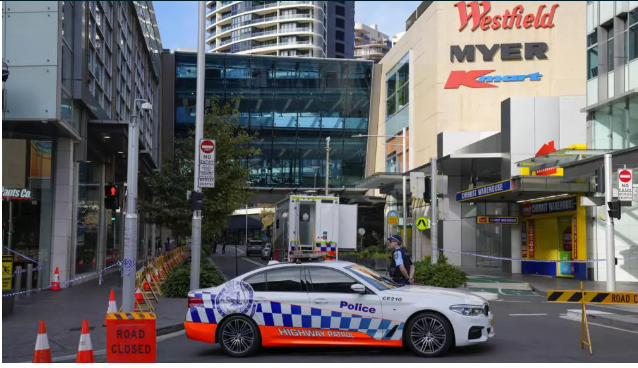
A slow-moving tropical storm has swept across Australia’s densely populated eastern coast, bringing destructive winds and relentless rainfall expected to persist for days.
Cyclone Alfred, which weakened to a tropical low on Saturday, appears to have spared the region from its worst potential impact. However, the storm has still left hundreds of thousands of homes in southeast Queensland and northern New South Wales without power due to fallen trees and damaged power lines. Authorities continue to warn of significant flood risks.
“The situation remains extremely serious due to flash flooding, heavy rainfall, damaging wind gusts, and dangerous coastal surf conditions,” Australian Prime Minister Anthony Albanese said Sunday.
Tragedy struck when the body of a 61-year-old man, who was swept away by floodwaters near Dorrigo in New South Wales on Friday, was found on Saturday after an extensive search, according to NSW Police.
Severe erosion has been reported along some of the region’s most popular tourist beaches. On the Gold Coast, waves have carved cliffs up to six meters (19 feet) high into the sand, threatening the structural integrity of beachside platforms.
Alfred is the most southerly cyclone to threaten the region since Tropical Cyclone Zoe in 1974. Although now classified as a tropical low, its impact remains substantial, with significant rainfall and wind damage expected to continue.
Major rivers in the Northern Rivers region of NSW are at risk of flooding. The Australian Defence Force (ADF), state emergency services, and police were strategically positioned before the cyclone’s arrival to ensure a swift emergency response.
On Saturday, 13 ADF personnel were injured—six seriously—in an accident involving two military trucks near Lismore. One truck veered off the road and rolled multiple times, while another overturned while attempting to avoid it. Each vehicle carried a driver and 15 passengers, according to NSW Police. Defence Minister Richard Marles confirmed the officers had been clearing roads of storm debris when the accident occurred.
Towering Waves and Coastal Warnings
The storm’s delayed arrival gave residents additional time to prepare but also drew sightseers eager to witness its dramatic coastal effects. Earlier in the week, surfers took advantage of the towering waves, though by Friday, conditions had become too dangerous.
Stuart Nettle, editor of the forecasting service Swellnet, remarked that Alfred had created waves that will be remembered for years.
“The fourth and fifth of March will go down in history for Gold Coast surfers,” he said. “Tropical Cyclone Alfred positioned itself perfectly, delivering two days of exceptional waves. Surfers will be talking about it for a long time to come.”
Despite the excitement, authorities issued stern warnings about the risks, even threatening fines of $10,000 AUD ($16,000 USD) for those caught engaging in reckless behavior. Police reprimanded several individuals, including a teenager who was seen surfing in dangerous conditions.
“The waves are treacherous, and the beaches are hazardous,” said Acting Gold Coast City Council Mayor Donna Gates. “Please listen to us and stay away from the beaches. I keep repeating this because, somehow, not everyone is listening.”
As Alfred continues its slow march inland, officials urge residents to remain vigilant, with further rainfall and potential flooding expected in the coming days.












